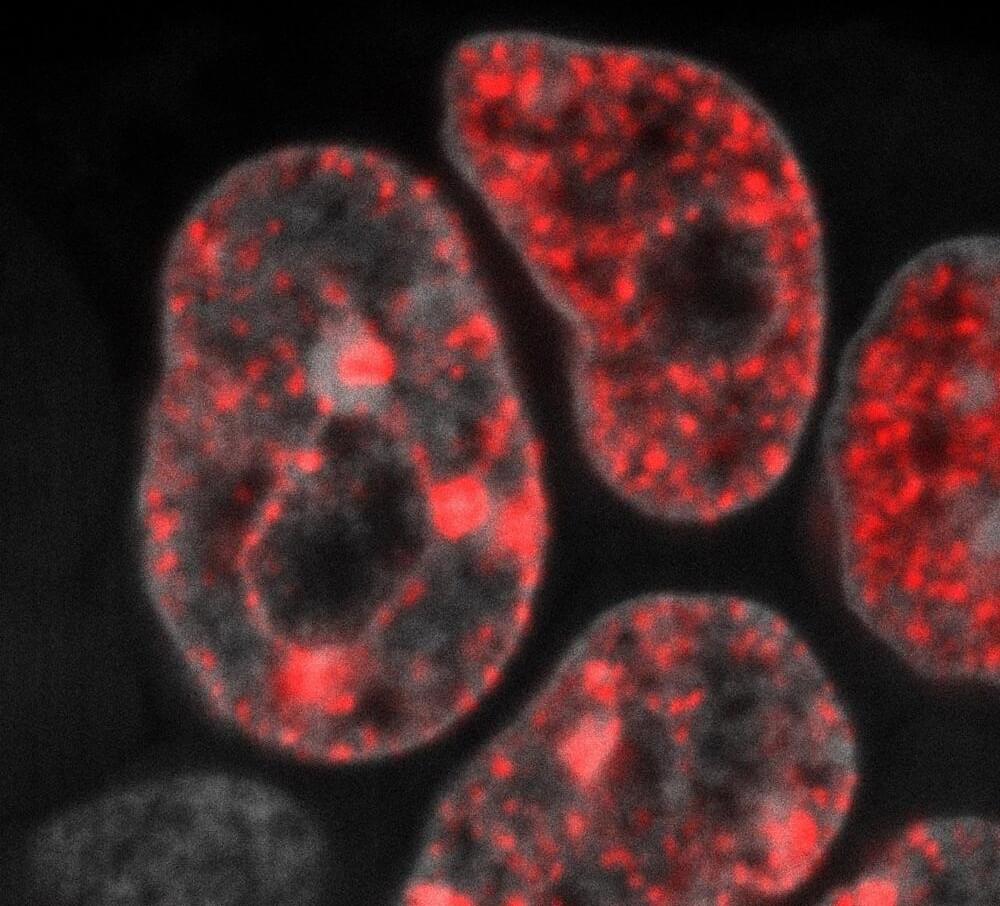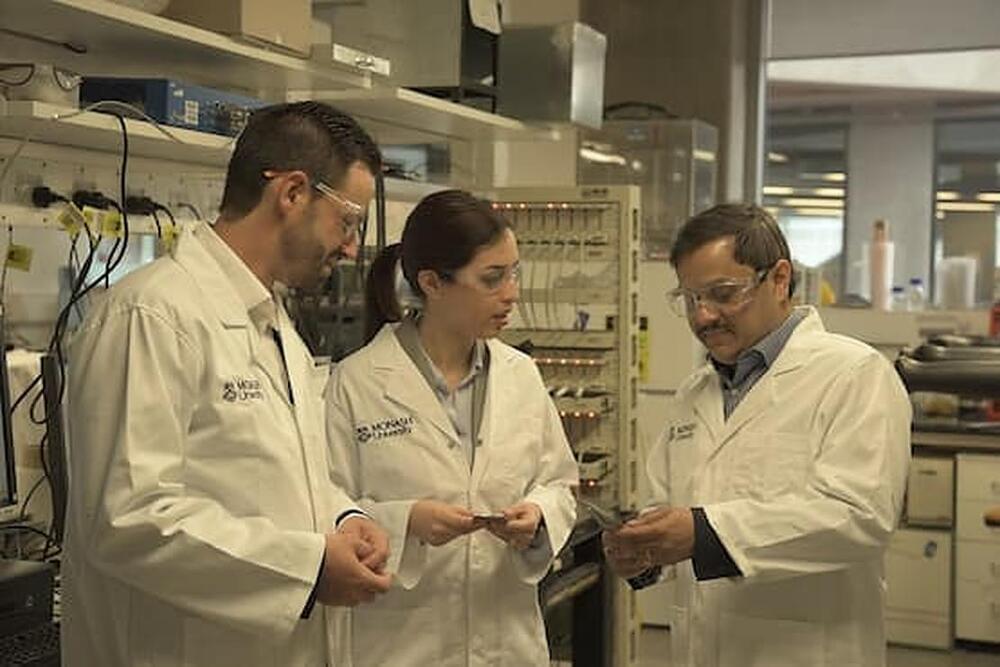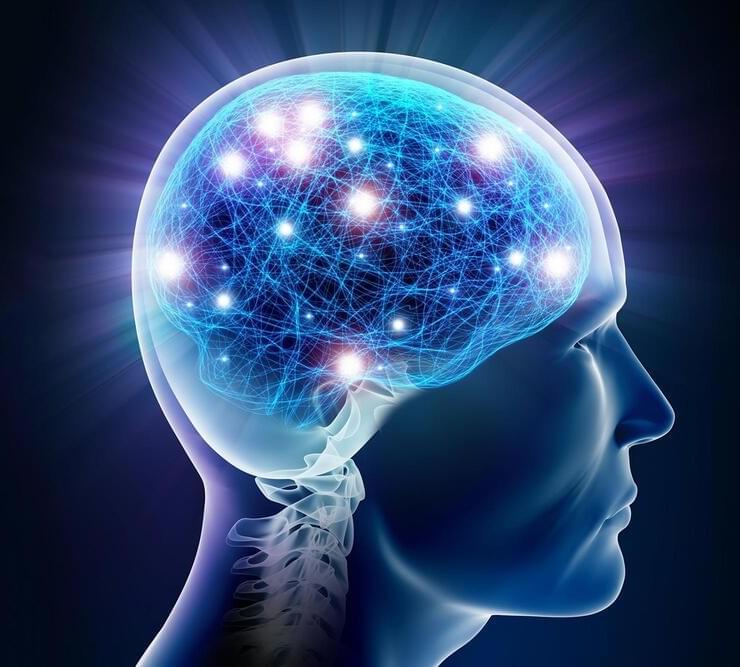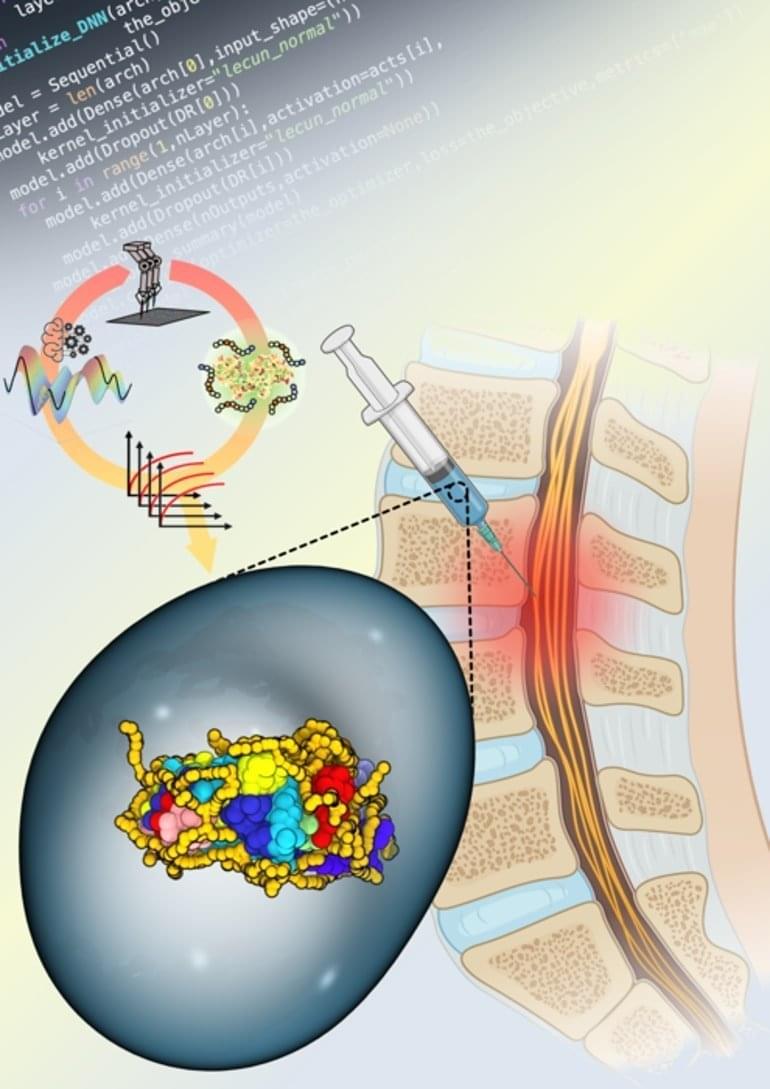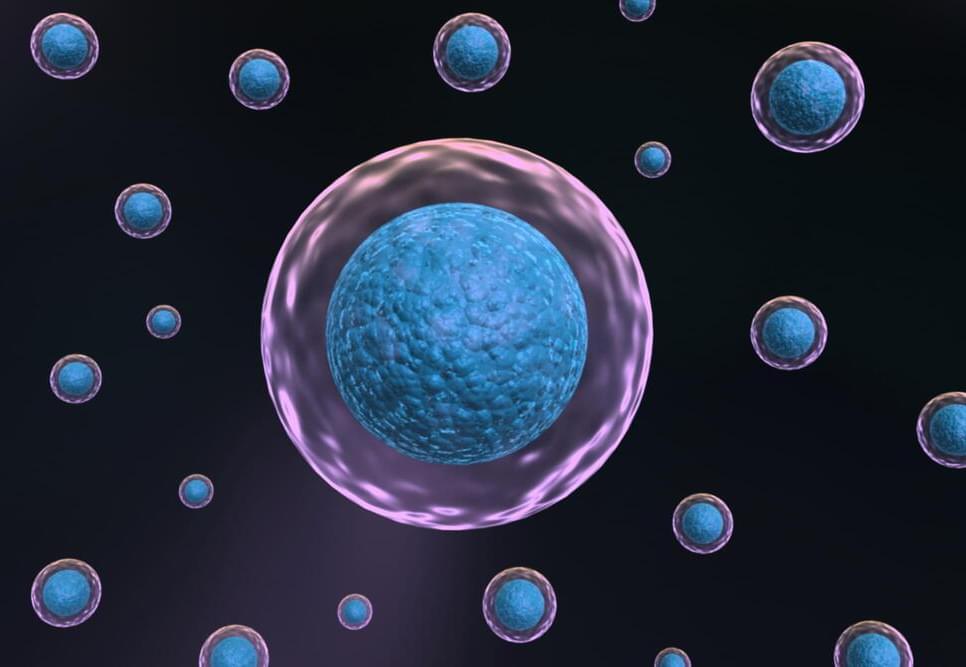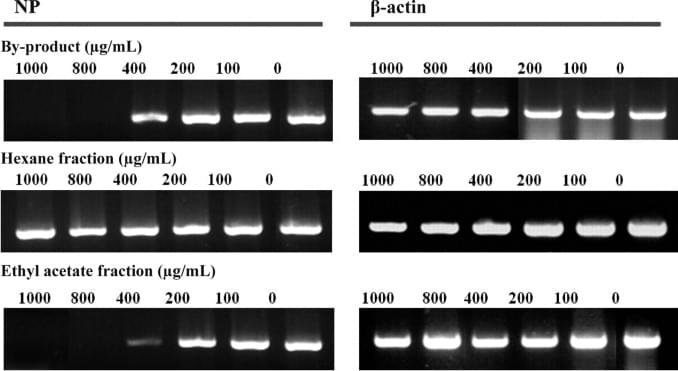Mar 9, 2022
Could gene therapy soon curb muscle loss in the elderly?
Posted by Kelvin Dafiaghor in categories: biotech/medical, health
Researchers at NTNU have managed to restore muscle function in older mice with muscle loss using advanced gene therapy. The hope is that this method might eventually be used on humans to prevent severe loss of muscle mass.
“Gene therapy is the most effective method to be able to give these people the same health benefits you normally get with physical exercise,” says Moreira, who has been involved in the new research. He is part of the Cardiac Exercise Research Group (CERG).


